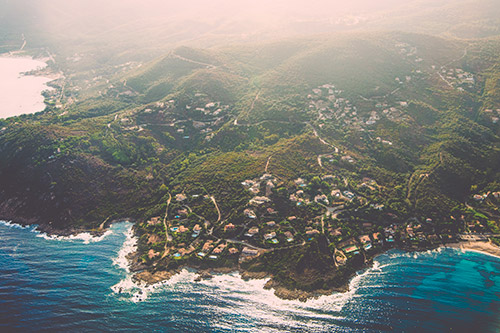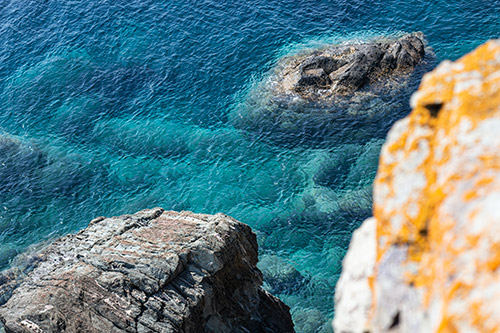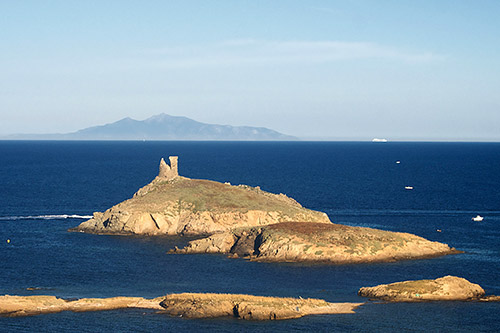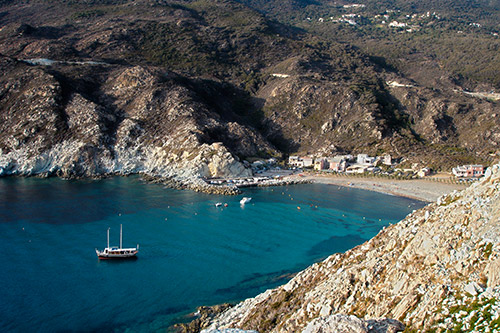Populated since Antiquity, the city of Bastia was fortified by the Genoese at the end of the 14th century. In the 17th century the Genoese headquarters was moved from Biguglia to Bastia, a sign of the importance acquired by the city. From 1850 to 1870, the port was built, to become today the most important commercial and passenger port in Corsica. Almost 3/4 of import and export goods pass through the city’s port. The construction of the tunnel under the old port in 1984 helped improve traffic in the city center. The heart of the city is located around Place Saint Nicolas. Throughout the year, activities (concerts, exhibitions, etc.) are present on the square, particularly with the ice rink during the winter period. Terraces of cafes and restaurants are arranged all around in the shade of plane trees. To the south of the square, if you follow a footbridge along the sea you arrive at the Old Port and its fishing boats. From the port, we can see the Saint-Jean-Baptiste church, built in the middle of the 17th century, with its two bell towers. Starting from the platforms, a staircase has been built to go up to the Citadel. Within the place, you can stroll through the old streets and also discover Sainte-Marie Cathedral. Behind the building is the Oratory of the Holy Cross, a small baroque chapel. Leaving the Citadel through the main gate, the route continues near the Governor’s Palace, on Boulevard Auguste Gaudin, which leads to Boulevard Paoli, the main commercial street in Bastia.
It is in the village of Miomo that one of the many Genoese towers along the coast of Cap Corse is located. This tower, dating from the 16th century, served to protect the inhabitants from foreign invasions and pirates.
The villages of Grigione and Lavasina offer magnificent gravel beaches for all lovers of relaxation. Note that on Lavasina beach a procession takes place every year at the beginning of September. The hamlet, a spiritual place on the island, is sometimes called “the Lourdes of Corsica”.
Erbalunga is a village located in the commune of Brando. On this narrow stretch of land, the houses stuck together are closest to the sea. Its paved roads, its old town with its stone houses and its Genoese tower take us back to the Middle Ages. The village’s fishing port served as a filming location, notably for the film “L’Enquête Corse”, but also a large number of painters were inspired by the place for their creations. The squares shaded by plane trees and palm trees will allow you to eat on the outdoor terraces of the cafes. In summer, you can enjoy music festivals, such as “Musique d’Erbalunga” which welcomes great artists of French song every year. During your visit, you will surely pass in front of the sign “Les Glaciers du Brando”. Here, snow, coming from the northern ridge of the Serra di Pogno, was preserved until the 20th century. It was used to cool the fountains during the summer.





